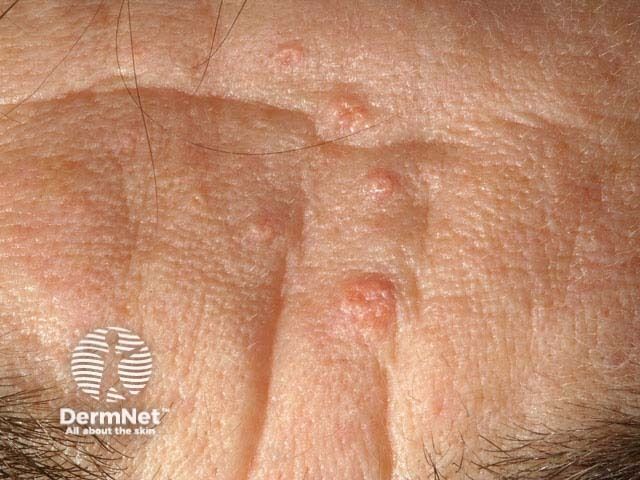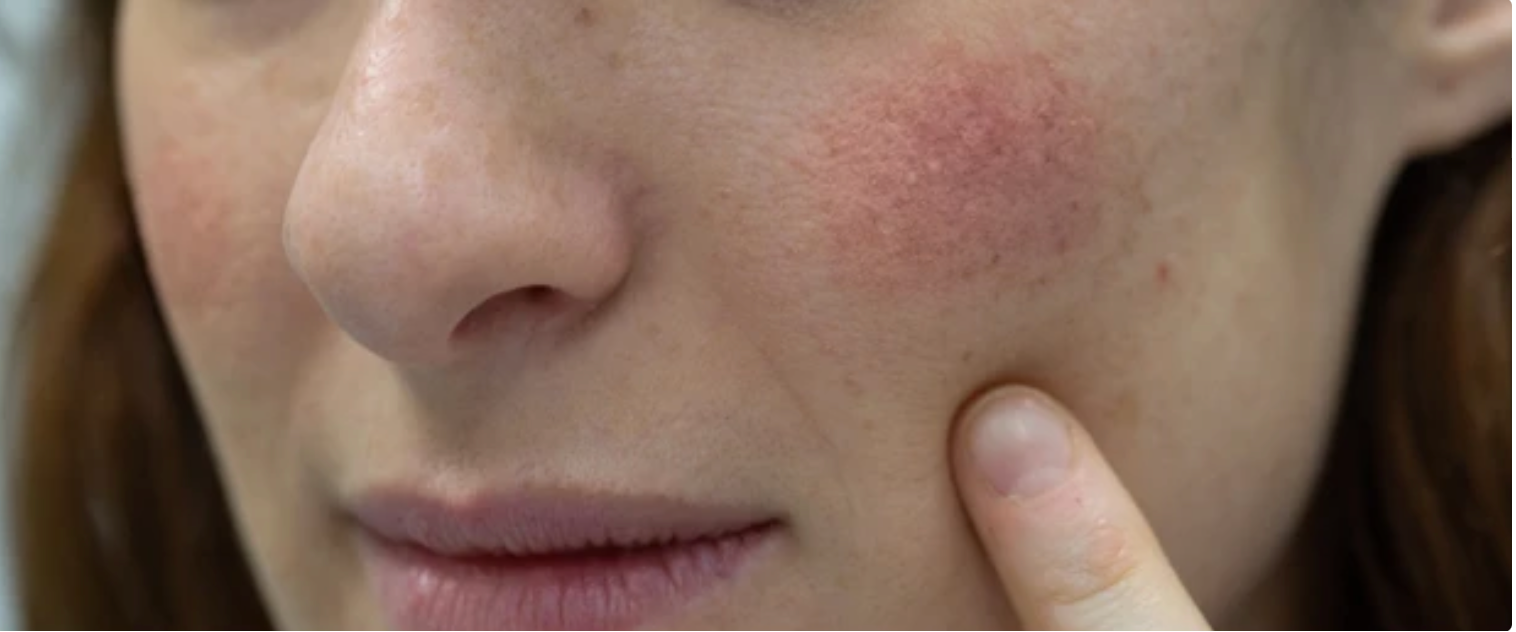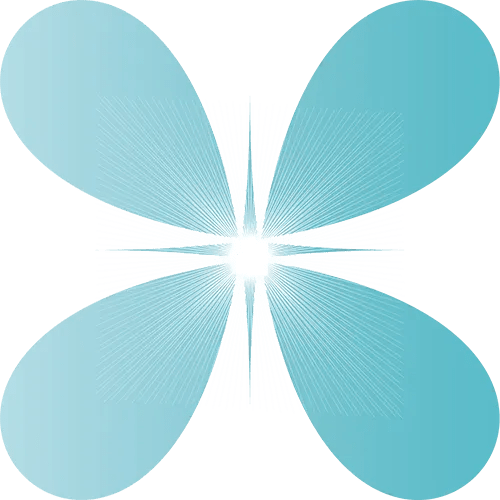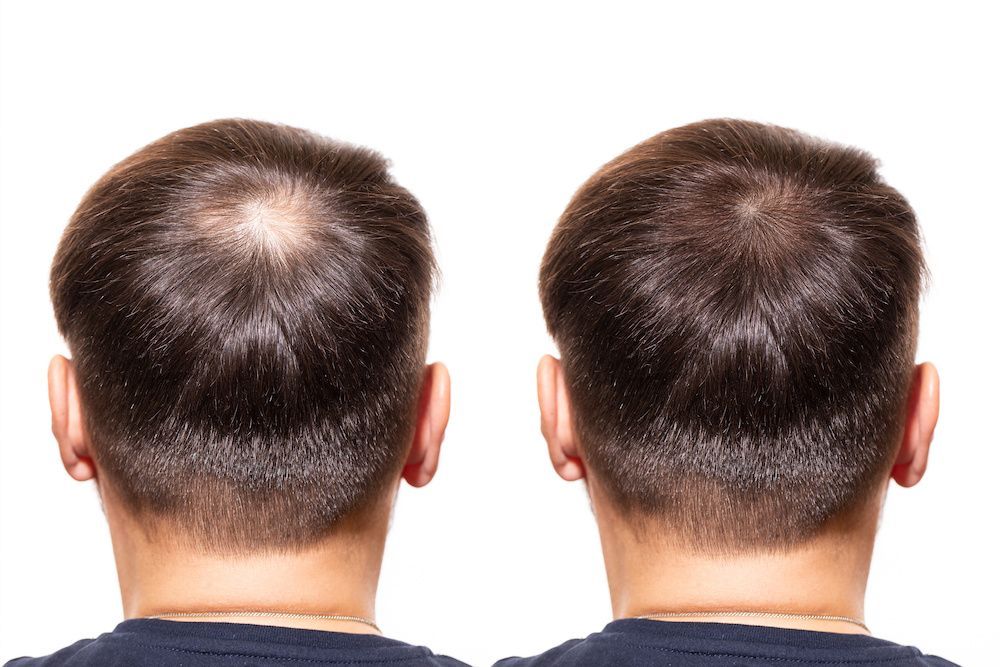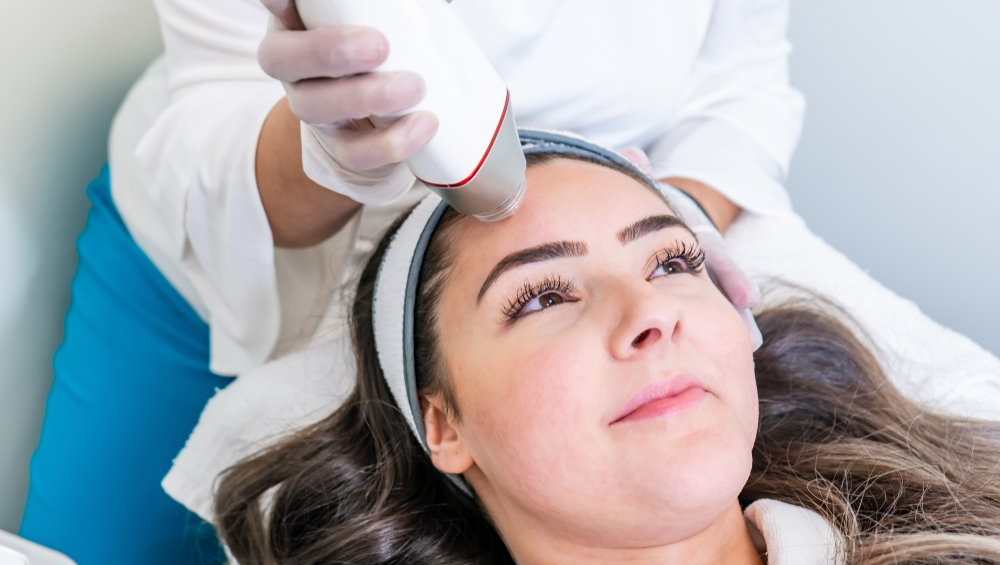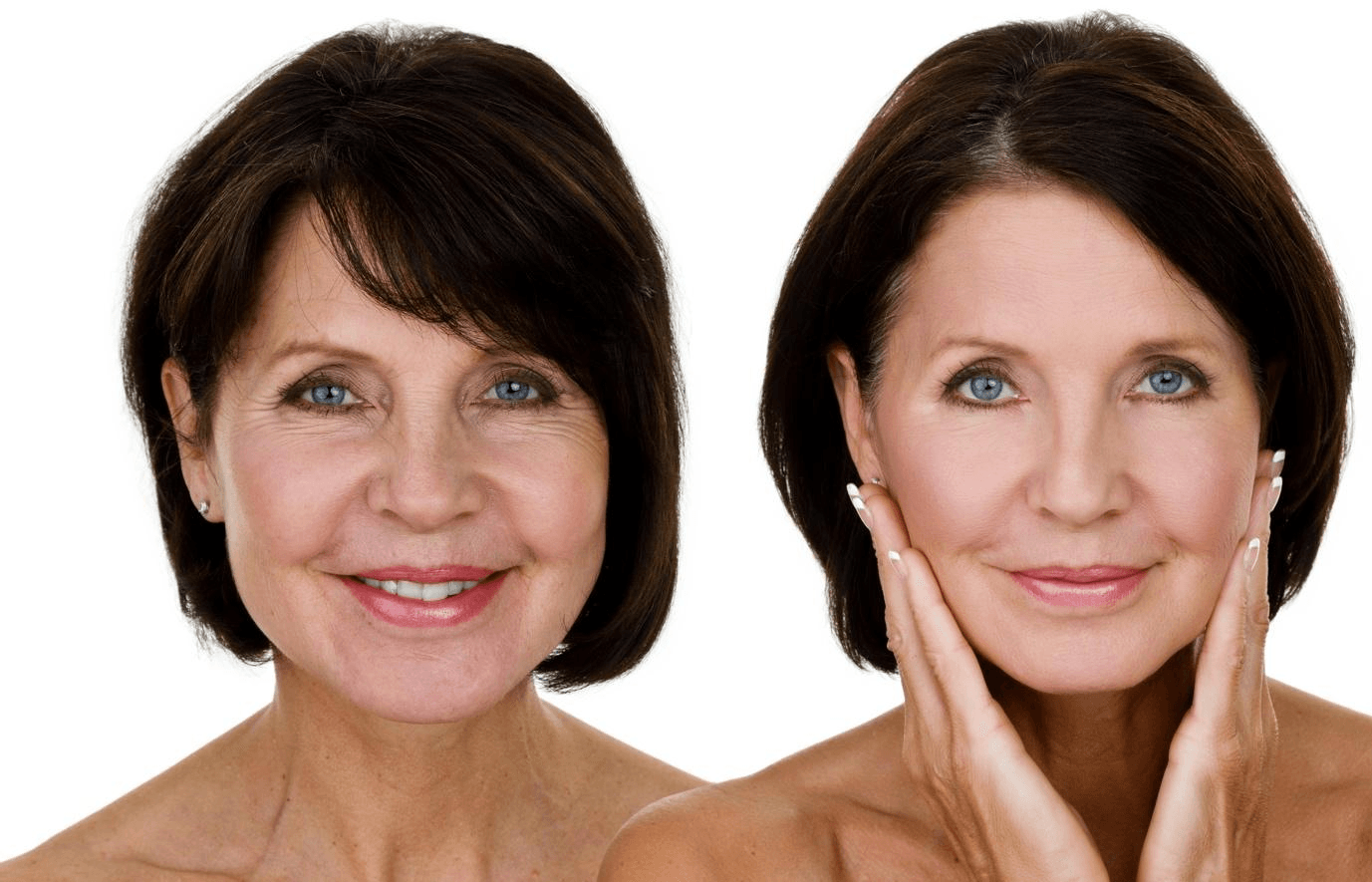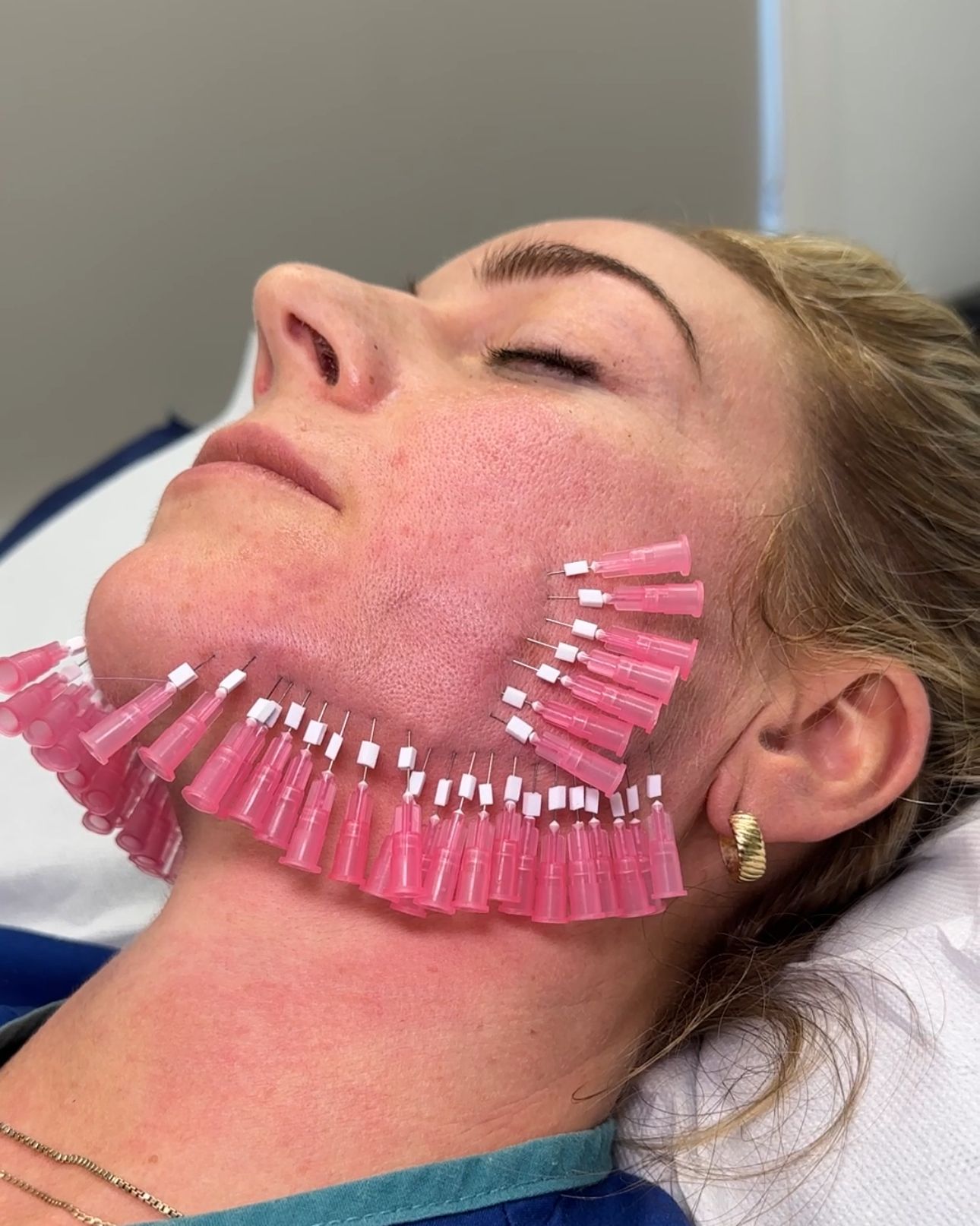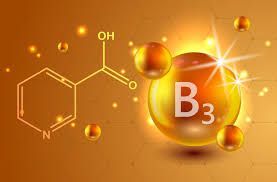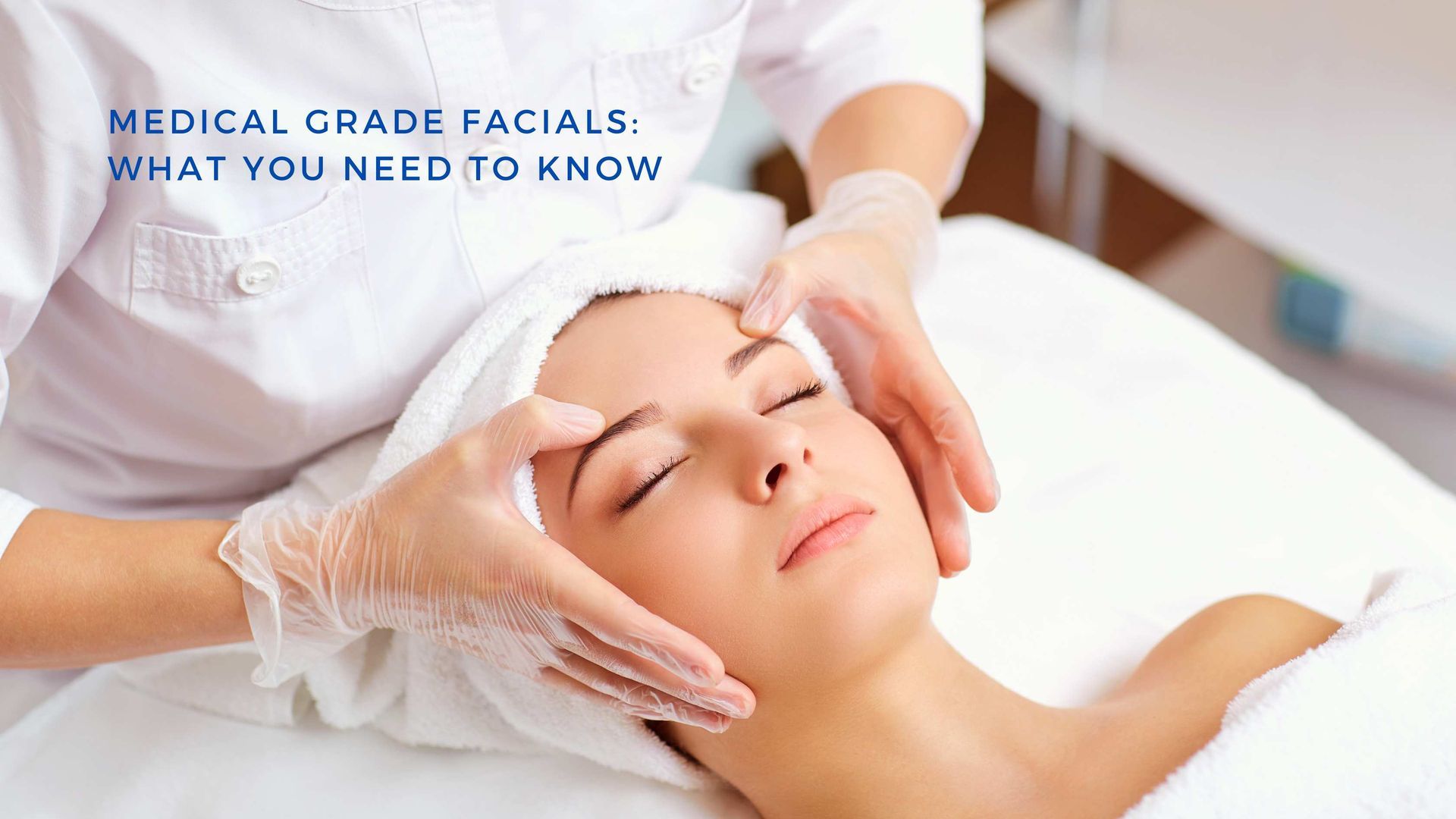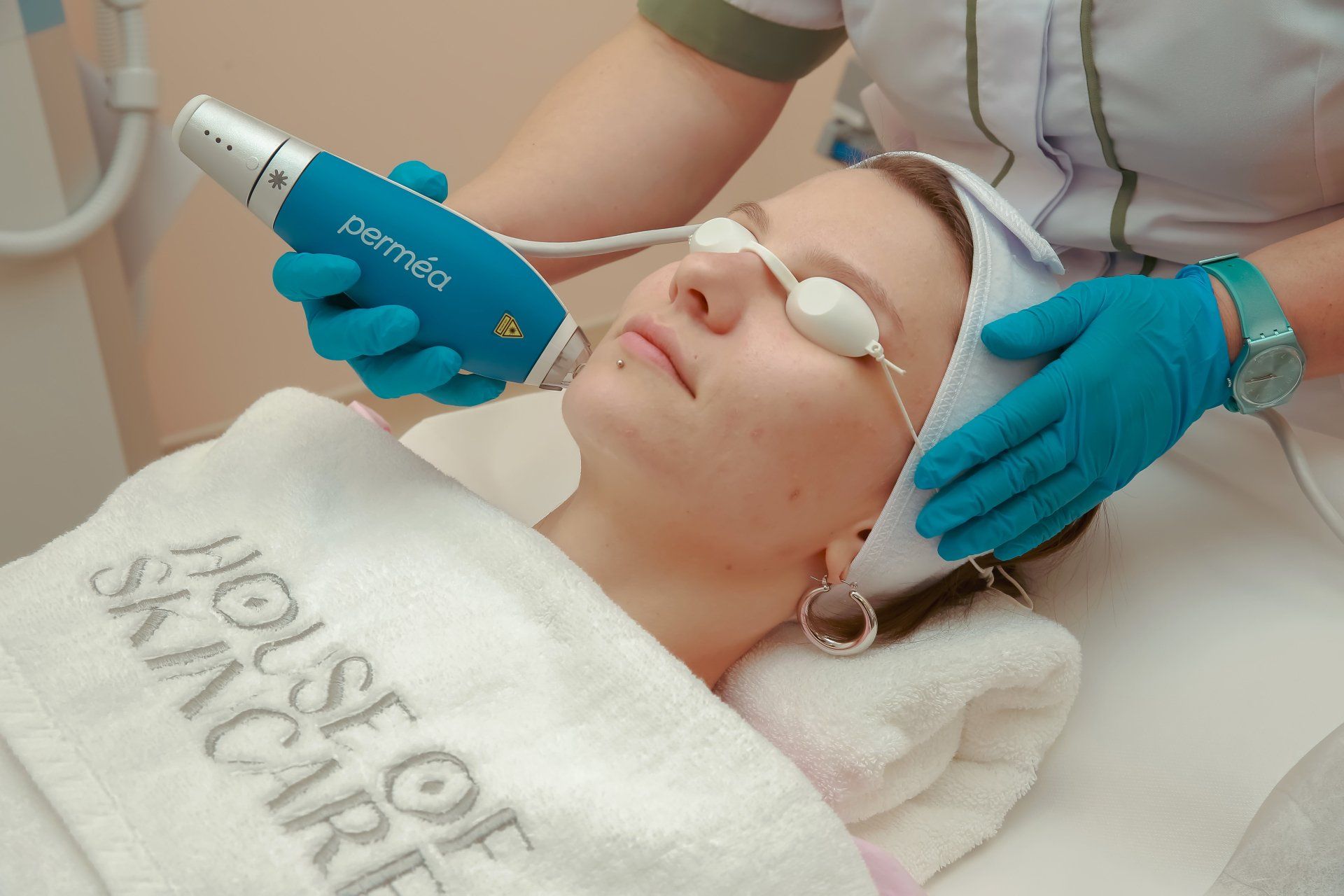By Thilan Walgamage
•
September 3, 2023
Introduction: Rosacea, a chronic skin condition primarily affecting the face, is a prevalent concern known for its persistent redness, visible blood vessels, and acne-like bumps. This condition often brings discomfort, both physically and emotionally, and predominantly surfaces in adulthood. Its impact on self-esteem and quality of life cannot be underestimated. The promising Medical Grade LASER technology has emerged as a leading solution for managing rosacea symptoms effectively. Through its advanced Long Pulse and DYE VL technologies, Medical Grade LASERs provides innovative, non-invasive treatments that significantly reduce redness and enhance the overall appearance of rosacea-affected skin. In this article, we'll delve into how medical-grade LASER treatments work and the benefits they offer in the management of Rosacea. Understanding Rosacea: Rosacea is considered a complex systemic inflammatory disease that often results in red blotches in the skin and can often include inflamed lesions, pustules, red spots on the skin and what can appear like a rash on the face and, in some cases, eye involvement. Several recent studies have highlighted the potential connection between the skin's microbial environment and conditions such as Rosacea. The severity of symptoms can vary among individuals. Symptoms of Rosacea: Redness: Prominent, unrelenting facial redness. Visible Blood Vessels: Small blood vessels (telangiectasia) on the skin's surface, notably on the cheeks and nose. Pimples and Bumps: Rosacea often triggers acne-like breakouts. Burning and Stinging: Uncomfortable sensations in affected areas. Eye Involvement: Dryness, irritation, and redness in some cases. Thickened Skin: Gradual skin thickening, particularly around the nose (rhinophyma). Potential Triggers: Although the exact cause of Rosacea remains unknown, certain triggers can worsen symptoms: Spicy Foods Alcohol and Caffeine Heat and Sun Exposure Stress Certain Skincare Products and Medication Hormonal changes Impact on Self-Esteem and Quality of Life: Rosacea is not just skin deep; it profoundly affects an individual's self-esteem and overall well-being. The visible symptoms can lead to embarrassment, self-consciousness, and social and psychological distress. It can even affect personal and professional relationships, underlining the importance of effective management. Emphasizing the Need for Effective Treatments: Given the physical and emotional toll of Rosacea, effective treatments are essential. Medical Grade LASER technology combined with other treatment strategies, including medications and skincare, offers hope to those looking to improve their skin's appearance and regain their self-confidence. Medical Grade LASER's Role in Rosacea Treatment: Medical Grade LASER's specialized LASER systems, including Long Pulse Nd:YAG 1064 and DYE VL, are becoming preferred solutions for addressing the persistent redness and vascular components of Rosacea. It is precise and has minimal or no downtime. How Long Pulse Nd:YAG 1064 LASER Works for Rosacea: Long Pulse LASER is a specialized technology that targets and treats visible blood vessels and redness in Rosacea. It operates on the principle of selective photothermolysis, delivering controlled pulses of laser energy absorbed by hemoglobin in blood vessels. This causes the vessels to heat up, coagulate, and gradually disappear. How DYE VL Technology Works for Rosacea: DYE VL, also known as Intense Pulsed Light (IPL), targets rosacea by focusing on hemoglobin in blood vessels. It uses high-intensity pulses of broad-spectrum light, filtered to target red pigments in blood vessels. This absorbed energy heats the vessels, causing them to constrict and fade over time. Advantages of DYE VL and Long Pulse LASER treatment for Rosacea: Redness reduction Flushing control Improved skin texture Minimally invasive Reduce Skin sensitivity and burning sensation Gives an even tone to the skin Customizable Nature of DYE VL Treatments: DYE VL treatments are highly adaptable to suit individual skin types and concerns. They offer adjustable wavelengths, pulse duration, and considerations for different skin types. Key Takeaways: Medical Grade LASER technology effectively manages rosacea symptoms by targeting blood vessels and reducing redness. Rosacea's impact on self-esteem and quality of life emphasizes the need for effective treatments. Long Pulse LASER and DYE VL provide non-invasive options with minimal downtime. Multiple sessions may be necessary for optimal results. Reiteration of the Potential for Improved Quality of Life: Effective management through Medical Grade LASER treatments can significantly boost self-esteem and overall quality of life. It allows individuals to regain confidence in their appearance and feel more comfortable in various settings. Encouragement to Seek Professional Advice: Professional guidance from a dermatologist or healthcare provider is crucial before considering treatment for Rosacea. It ensures the safest and most effective care tailored to unique needs and concerns. By exploring Medical Grade LASER technology, individuals can embark on a journey toward clearer, healthier, and more confident skin. Don't hesitate to reach out to a trusted healthcare professional for more information on managing Rosacea and enhancing your quality of life. If you're considering these treatments, you can get Medical Grade LASER treatment at Beach Road Surgery & Skin Clinic, where qualified professionals provide expert care.
